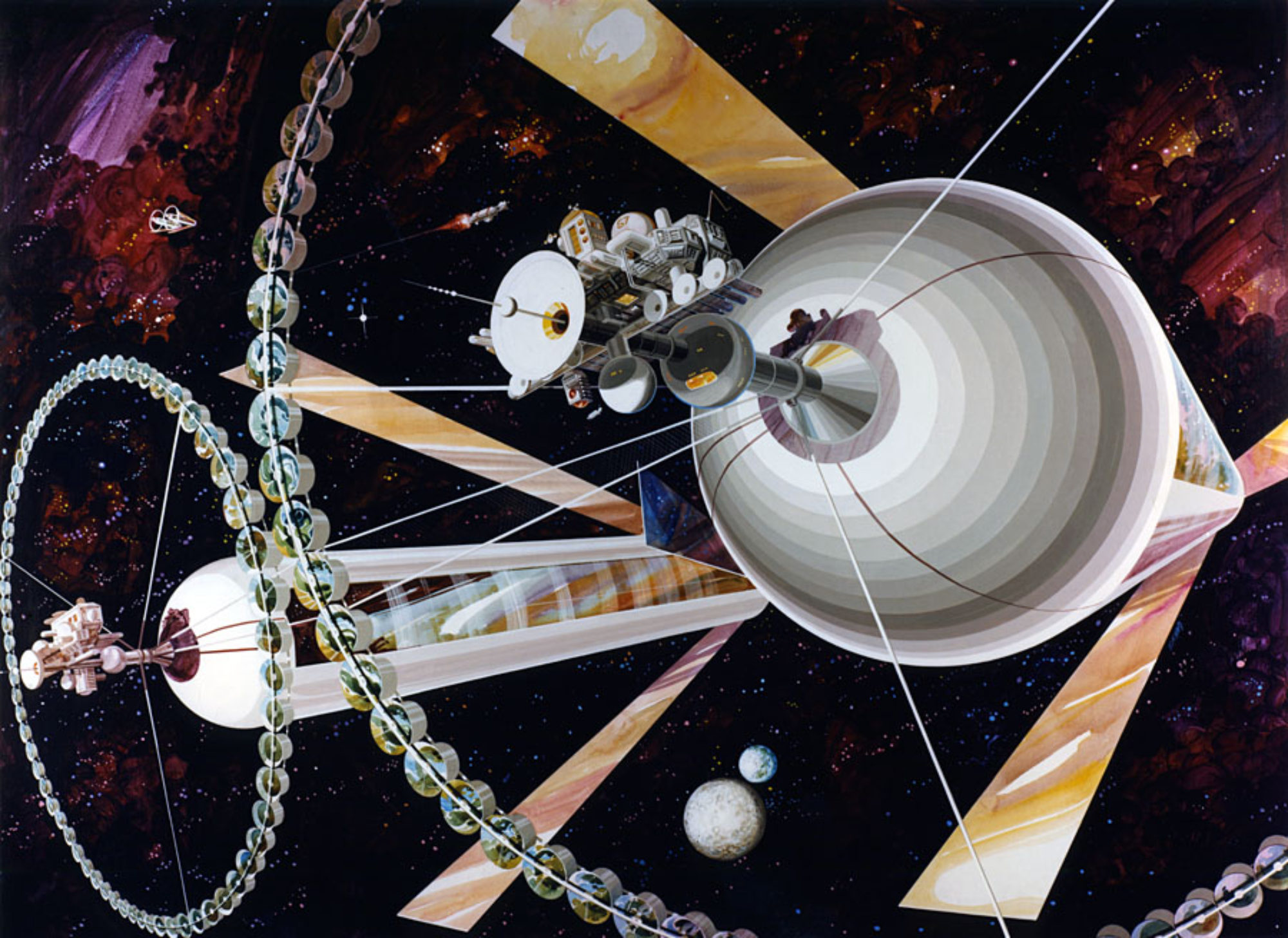
Haym Benroya, Distinguished Professor of Mechanical and Aerospace Engineering at Rutgers University and author of Turning Dust to Gold, Building a Future on the Moon and Mars gave a presentation recently at a workshop of the Engineering and Physical Sciences Research Council. EPSRC is the main funding body for engineering and physical sciences research in the UK. The event kicked of a project sponsored by the EPSRC called Designing for the Future: Optimizing the structural form of regolith-based monolithic vaults in low-gravity conditions. Benroya shared his presentation with me in which he discusses the design challenges and solutions to optimize a reliable and safe lunar habitat.
The design of space settlements on the Moon will have an array of engineering challenges including protection from radiation, meteoroids, temperature extremes and Moonquakes. In addition, human factors such as psychological and physiological aspects associated with isolation and the lower gravity conditions need to be taken into consideration. This presentation summarizes all the key design constraints, especially those surrounding the thermal and seismic conditions, laying the engineering groundwork for safe dwellings that will be erected when we return to the Moon, hopefully this time to stay and thrive.
For the technically inclined who want more information on lunar settlement design methodology be sure and check out Benroya’s excellent book Building Habitats on the Moon: Engineering Approaches to Lunar Settlements.
And don’t miss our appearance along with Dr. David Livingston of The Space Show and Moonwards‘ Kim Holder at the Icarus Interstellar 2017 Starship Congress.
